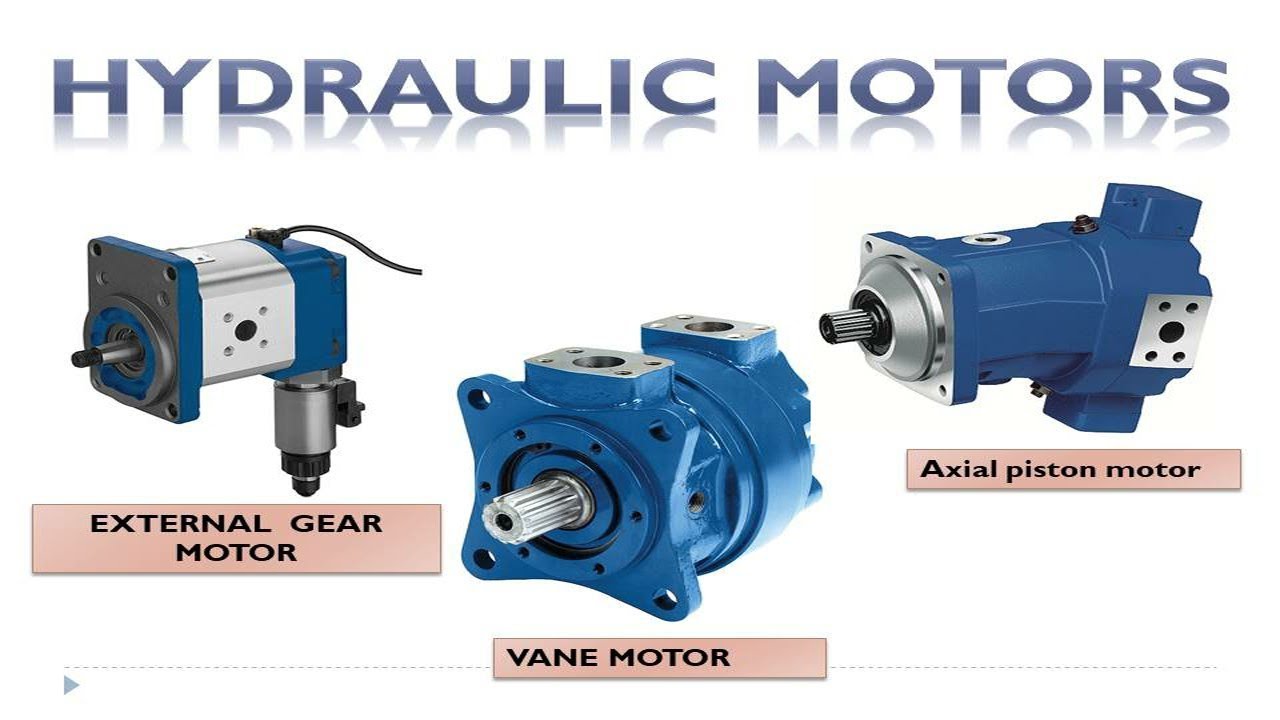
The hydraulic motor is a device that converts hydraulic energy into rotational mechanical energy. It is used to power various machines and equipment, including construction vehicles, agricultural equipment, and material handling equipment.
The hydraulic motor consists of some rotating parts enclosed in housing. The driveshaft is connected to the rotor, which spins as the hydraulic fluid flows through it. The rotor is connected to the output shaft, which delivers the power to the machine or equipment.
The hydraulic motor is a reliable and efficient way to convert hydraulic energy into rotational mechanical energy. It can be used in various applications, and it is easy to operate and maintain. With its compact size and low weight, the hydraulic motor is ideal for mobile applications.
Purposes of the hydraulic motor
a- Agricultural equipment
WIth any agricultural equipment, there is a need for a hydraulic motor. Take a tractor, for example, and there are many different applications for hydraulics on it. The three main functions of hydraulics on a tractor would be the lift arms, the implement, and the brakes.
The lift arm raises and lowers the attachments like the bucket on a backhoe or the plow on a disc harrow. The implement is what the hydraulics attach to do the work that the tractor is designed for. The brakes are self-explanatory; they are used to stop the tractor.
b- Material handling equipment
Just as agricultural equipment needs hydraulics, so does material handling equipment. The most common piece of material handling equipment that needs hydraulics is the forklift.
There are many different applications for hydraulics on a forklift. The two main functions are the lift arms and the tilt tray. The lift arms raise and lower the forks to pick up and put down the pallets. The tilt tray is used to tilt the forks to slide the pallet off of them.
c- Construction Vehicles
There are many different types of construction vehicles, but they all have one thing in common, they need hydraulics to function. The most common type of construction vehicle that needs hydraulics is the excavator.
The main purpose of hydraulics on an excavator is to power the arm. The arm is used to dig the hole and move the dirt. The other common application for hydraulics on an excavator is the bucket. The bucket carries the dirt from the hole to where it needs to be dumped.
How Does a Hydraulic Motor Work?
A hydraulic motor is a device that converts hydraulic energy into rotational mechanical energy. The hydraulic motor consists of some rotating parts enclosed in housing. The driveshaft is connected to the rotor, and the hydraulic fluid flows through it.
The rotor is connected to the output shaft, which delivers the power to the machine or equipment.
Bottom line
The hydraulic motor is a reliable and efficient way to convert hydraulic energy into rotational mechanical energy. It can be used in various applications, and it is easy to operate and maintain. With its compact size and low weight, the hydraulic motor is ideal for mobile applications.



Comments are closed.